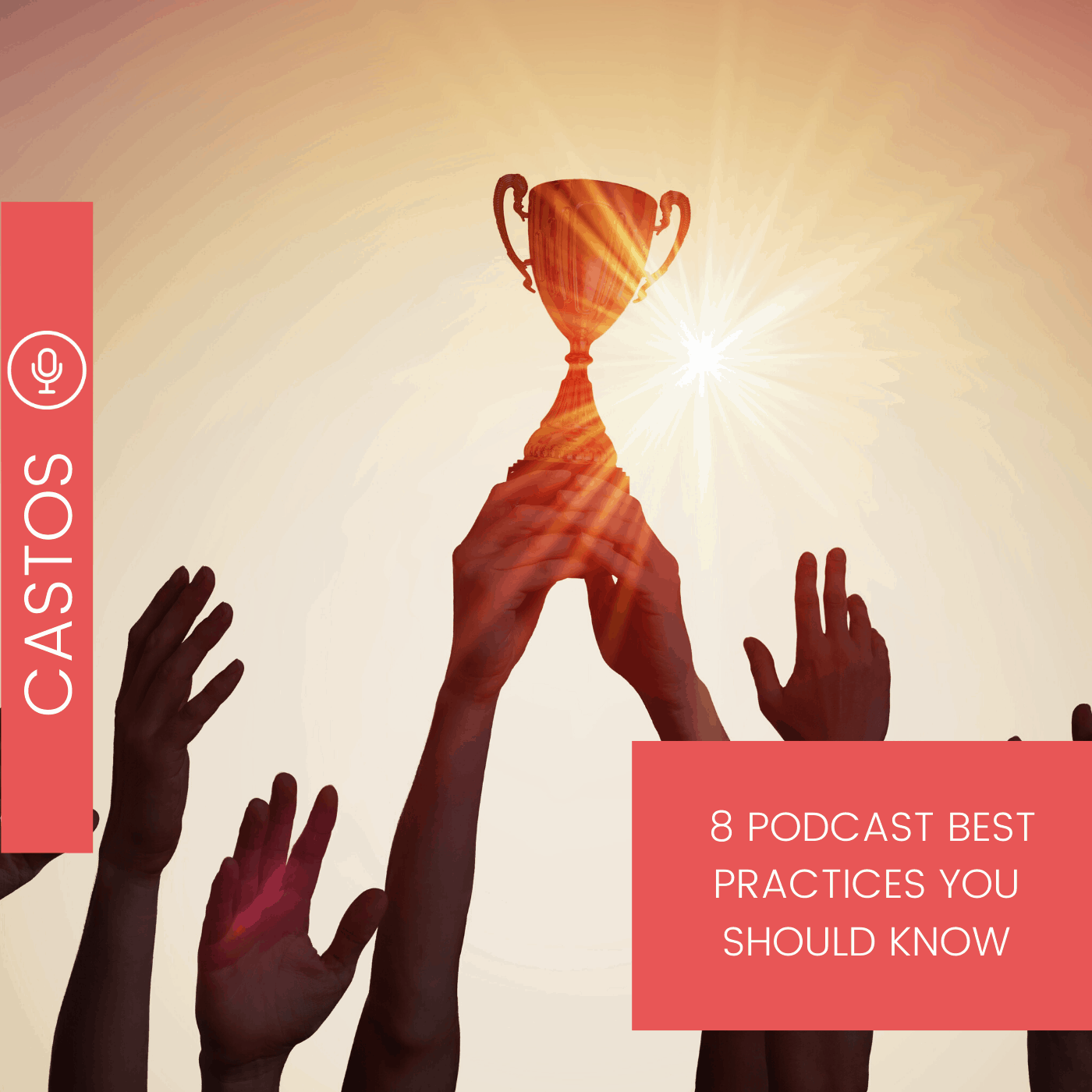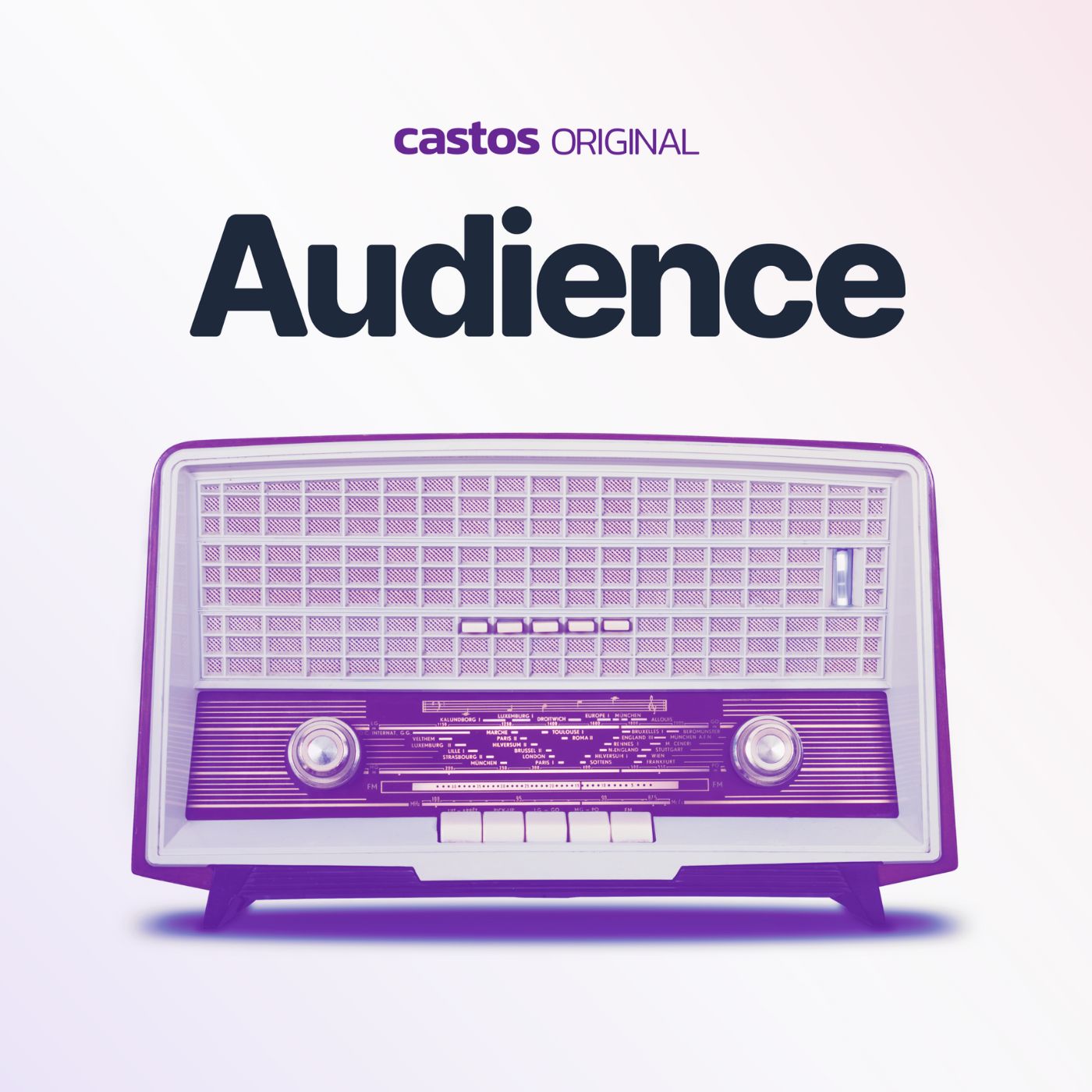
8 Podcast Best Practices You Should Know

Audience
Shownotes Transcript
Creating great content is hard. Any kind, really. Whether it’s a blog, a YouTube channel, or a podcast. In a sea of information it’s tough to know what advice to follow and what to dismiss as noise.
In this episode, we lay out an easy-to-follow set of podcast best practices that will help you grow your show.
This playbook is full of things we’ve learned from working with hundreds of successful shows and interviewing some of the best minds in podcasting. They are the proven steps that many other successful podcasters before us have taken to build great podcast brands.
The 8 Podcast Best Practices Every Host Should Know
1. Create the content your audience is looking for
It’s easier to create the content an existing audience is looking for rather than finding an audience for the content you want to create.
This may seem simple on the surface but is pretty nuanced when you get into it. And not doing this will set your podcast for failure no matter what your promotional activities include.
A great way to find out what people in your community or target market are looking for is through online communities. We’re big fans of Facebook groups, Slack channels, and other virtual meeting places for doing this.
Hang out there, ask interesting questions, and see what topics keep bubbling to the surface. This is a surefire way to find out the interests and pain points that people in your prospective audience are having.
2. Have guests on your show
Interviewing guests is a way to change the pace, tone, and perspective of your podcast. But it’s also a great strategy to share your podcast’s message with new audiences.
If you did a good job as an interviewer), the episode will be one of the shining lights of your guest’s podcast repertoire. By giving your guest a platform where they can explain their ideas and perspective, and they’ll be more excited to share the content.
But before the interview, set clear expectations about promoting the final episode to your respective audiences. Mention early on that you plan to send a ready-to-go email of exactly what you want them to share.
For example, here’s an email) I got recently to share a webinar we co-sponsored. All I had to do is copy the email text and tweet then post them.
3. Create shareworthy social media assets
You’ve done all the hard work to create great content that your audience is looking for. Don’t fall one step short by not creating interesting assets to share on social media.
Hands down the best tool to create audiograms is Castos’ Headliner integration). Here’s an example of an audiogram from our previous episode:
Additionally, pull quotes from the episode’s most interesting soundbites to promote it on Twitter.
Crafting a custom featured image for each episode is another great way to stand out from the crowd. The image can include episode’s title, a headshot of a guest, or custom graphics. Tools like Snappa) and Canva) are great for podcasters who don’t have the budget for professional graphic designers.
Use a tool like Buffer, Hootsuite, or Coschedule to schedule the social media posts for each episode. Aim for 5-10 posts per episode and schedule them for different days, time of day, etc. to drive people to listen days after the content is published.
The team at CoSchedule has put together a great tool for optim)izing the social posting for your shows.)
Headliner is integrated with Castos) so making custom audiograms is a breeze.
4. Participate in online communities
Facebook, Discourse, Discord, WhatsApp groups are all fantastic ways to stay connected with other members of your audience in between episodes.
While much of podcasting is a one-way conversation, opening the doors to encourage two-way dialogue improves your relationship with listeners.
Be a consistent contributor to the discussions going on there. Provide your experiences and insights and don’t ask for anything in return. Build your reputation as someone who knows your niche, and people will want to learn more about you. Along the way they’ll find your podcast, and subscribe.
5. Encourage audience feedback and reviews
Tools like Speakpipe), or even a Google Voice number are a great way to encourage your listeners to actively participate in a show. Prompt them to call in with questions or their take on a topic. Use the calls to create unique episodes and increase audience engagement at the same time.
To encourage people to leave reviews, try reading recent comments on air and mention who left it. The Pen Pals podcast) does a fantastic job of this. They started the hashtag #growtheshow and read funny reviews at the top of each episode.
Either strategy is a great way to feature listeners on air and increase their involvement with the show.
6. Grow an email list
Offering a free course, lead magnet, or content not available elsewhere is one way to encourage listeners to sign up for an email list.
Using basic email marketing) techniques can keep you in touch with your audience. It’s also a place for them to get unique value from your brand.
We like the trick of having a podcast-specific email opt-in page that you ONLY mention on the show. Then include a different link in your show notes. This way you’ll know which subscribers came directly from listening to an episode versus reading a blog post.
7. Publish regularly
This doesn’t mean you have to publish episodes every week, but whatever it is, stick with it. Every week, every other week (probably not less often than that), or even twice a week is all fine.
Just stay consistent and let your audience know when to expect each episode.
Doing this over and over, every episode, will create an enormous amount of trust in your from your listeners.
8. Create (or join) a podcast network
In our previous conversation with Eric Nuzum) we discussed the rising popularity of podcast networks, and DIY networks.
Groups of related shows are a natural way to cross-promote your content to audiences interested in similar topics.
Networks like 5×5, NPR, and Gimlet have all proven that this model works great, and is something all podcasters do without any special tech.
Over To You
In this episode we laid out the 8 podcasting best practices that will lead to a better show. Doing each of these on a consistent basis will grow your content library, your listenership, and your reputation in a niche.
Leave your podcast best practices in the comments and let us know what we missed!
Resources Mentioned In This Episode
- Join our Facebook group, Podcast Hackers)
- Listen to Jack Rhysider’s interview on Audience)
- Listen to the Ladybug Podcast’s interview on Audience)